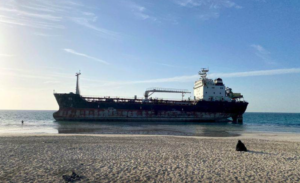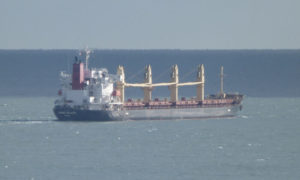200-year-old Royal Navy figurehead mistakenly sawn into pieces
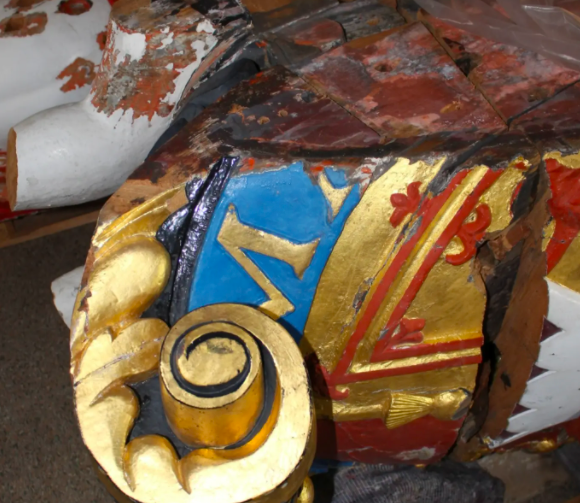
An early 19th-century, ten foot tall wooden figurehead from the historic Royal Navy warship HMS Victory, has been ‘rediscovered’.
In 2009 contractors working on behalf of the Royal Navy incorrectly thought that the giant 1815 sculpture had been destroyed in the second half of 20th century. They believed that the figurehead, adorning the ship’s prow in the early 21 century, was therefore a modern replica. Because it was showing signs of decay, they therefore decided to remove the ‘modern replica’, according to The Independent.
The ‘modern replica’ was sawn into six pieces and put into storage. But last year, the National Museum of the Royal Navy (https://www.nmrn.org.uk/national-museum-royal-navy-portsmouth) investigated the sawn-up replica and discovered it was a 206-year-old 1815 replacement. It had been installed a decade after the original figurehead was damaged at Trafalgar.
University of Lincoln scientists discovered surviving bits of paint on its surface dated from the first half of the 19th century.
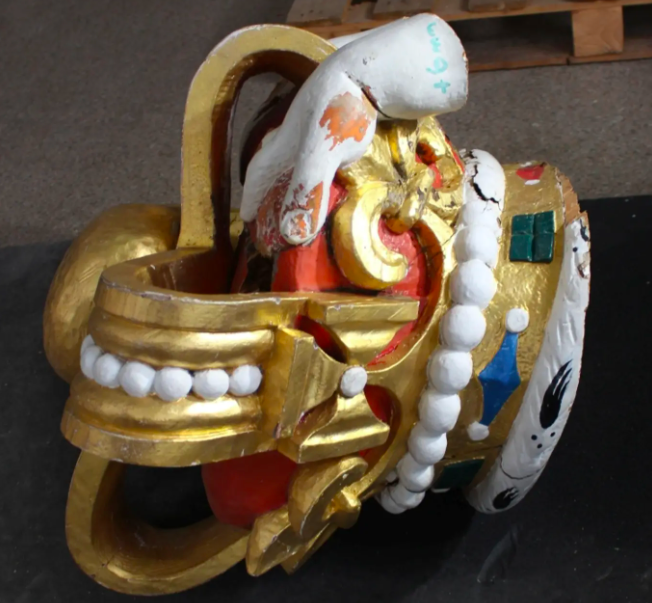
Museum historians then searched Royal Navy archives and found the only post-Trafalgar record for the commissioning of a new figurehead for HMS Victory was a Board of Admiralty decision, taken in summer 1815.
A letter written on June 20 of that year, states that the new sculpture was to be made on the Isle of Wight, at a cost of £65 (today the equivalent of £65,000).
It’s not yet been decided whether the figurehead will be repaired, reassembled and potentially returned to its original position on Victory. Any decision will be determined by conservation, technical and historical presentation considerations.
“When we discovered that it was 206 years old, we were absolutely delighted,” Andrew Baines, the museum’s deputy director, told The Independent.
But now, having established that the newly-dated sculpture was mounted on Victory’s prow in 1816 (the year after it was made), the museum is turning its attention to trying to ascertain whether any fragments of its identical predecessor (the one associated with Trafalgar and Nelson) may have survived.
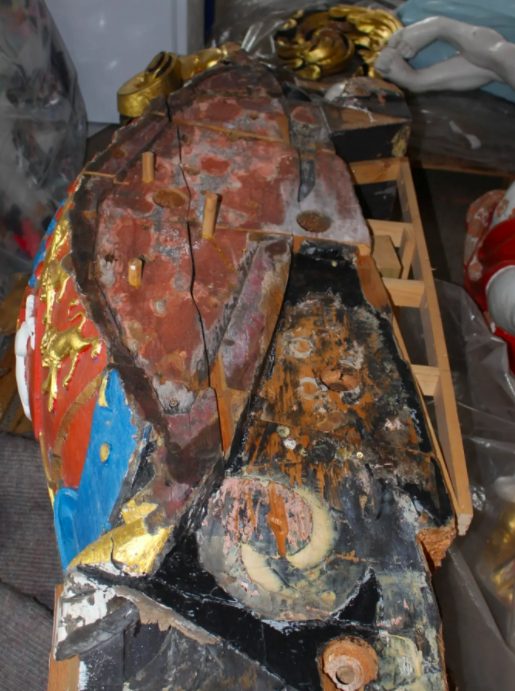
It was certainly removed in a refurbishment in 1814/1815 – and much of it was likely burnt. However, given the fame of Nelson’s victory at Trafalgar, it is theoretically conceivable that some of the workers (or their foremen), refurbishing and repairing Victory in 1814/1815, may have kept some of the smaller key elements of the 10 foot tall sculpture – potentially the faces of the angels or the Royal Crest or Crown as souvenirs. If so, they could potentially still be in existence – in private hands somewhere in Britain.
Read the full article in The Independent.


